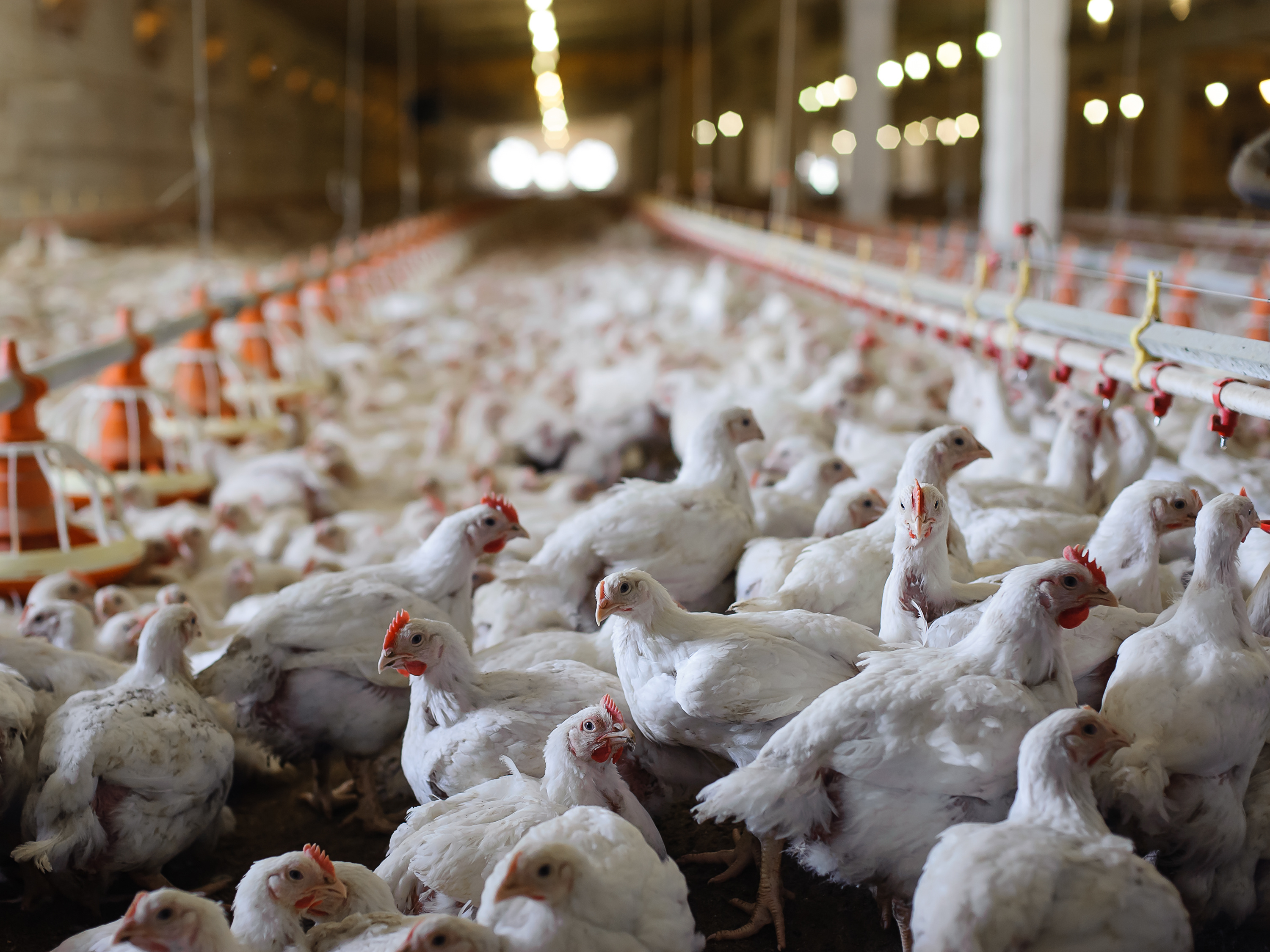



Weekly poultry digest: import demand from China pushes global output forecasts lower
The USDA is expecting global poultry meat production to decrease in 2021 as import demand from China weakens.USDA reports lower chicken meat output and revises forecasts
The US Department of Agriculture this week said in its monthly supply and demand report that global chicken meat production for 2021 is revised 1% lower from April to 101.0 million tonnes, driven by a sharp decline in China.

China chicken meat production is forecast lower on weaker demand as the swine herd recovers and pork prices decline. Leading world exporter Brazil will continue relatively robust expansion driven by foreign and domestic demand. However, among major producers, high feed grain prices and lingering impacts of highly pathogenic avian influenza (HPAI) in several countries (EU, Korea, Japan) stymie poultry expansion.
Global chicken meat exports for 2021 are virtually unchanged at 12.0 million tonnes. Minor downward adjustments in EU and Brazil exports are offset by increases in the United States and China. Imports by Saudi Arabia are reduced, largely due to restrictions on Brazilian trade, but this is offset by upward revisions in other major markets (China, Cuba, and Angola).
USDA provides details on animal depopulation/disposal assistance
Livestock and poultry producers who suffered losses during the COVID-19 pandemic due to insufficient access to processing can now apply for assistance for those losses and the cost of depopulation and disposal of animals, USDA announced Tuesday 13 July. This is part of the Pandemic Livestock Indemnity Program (PLIP) unveiled by Ag Secretary Tom Vilsack in Wisconsin Dells. Producers can apply for aid from 20 July through 17 September.
Payments will be based on 80% of the fair market value of the livestock and poultry and for the cost of depopulation and disposal of the animal from 1 March 2020, through 26 December 2020. Payments will be based on a single payment rate per head.

USDA details, “PLIP payments will be calculated by multiplying the number of head of eligible livestock or poultry by the payment rate per head, and then subtracting the amount of any payments the eligible livestock or poultry owner has received for disposal of the livestock or poultry under the Natural Resources Conservation Service Environmental Quality Incentives Program or a state program. The payments will also be reduced by any Coronavirus Food Assistance Program (CFAP 1 and 2) payments paid on the same inventory of swine that were depopulated.
Eligible livestock must have been depopulated from 1 March 2020, through 26 December 2020, due to insufficient processing access because of the pandemic. Livestock must have been physically located in the US or a territory of the US at the time of depopulation. Eligible livestock owners include persons or legal entities who, as of the day the eligible livestock was depopulated, had legal ownership of the livestock. Packers, live poultry dealers and contract growers are not eligible for PLIP.
PLIP payments compensate participants for 80% of both the loss of the eligible livestock or poultry and for the cost of depopulation and disposal based on a single payment rate per head. PLIP payments will be calculated by multiplying the number of head of eligible livestock or poultry by the payment rate per head, and then subtracting the amount of any payments the eligible livestock or poultry owner has received for disposal of the livestock or poultry under the Natural Resources Conservation Service (NRCS) Environmental Quality Incentives Program (EQIP) or a state program.

There is no per person or legal entity payment limitation on PLIP payments. To be eligible for payments, a person or legal entity must have an average adjusted gross income (AGI) of less than $900,000 for tax years 2016, 2017 and 2018.
China’s meat imports rising
China imported 743,000 MT of meat in June, a 17% retreat from year-ago levels, Chinese customs data showed. That was also a 5.8% retreat from shipments of 789,000 MT in May.
Weak domestic pork prices slowed China’s demand for imports. For the first half of 2021, China has imported 5.08 MMT of meat, topping last year’s 4.75 MMT at this point by 6.9%.









